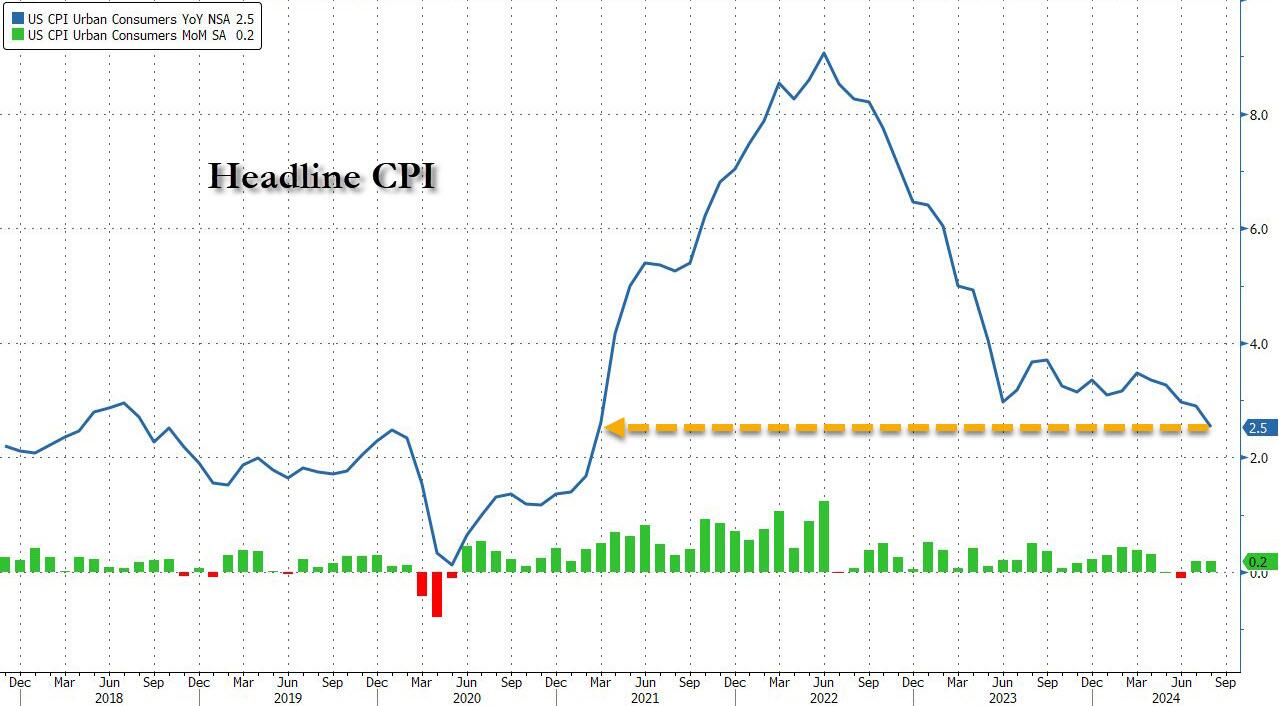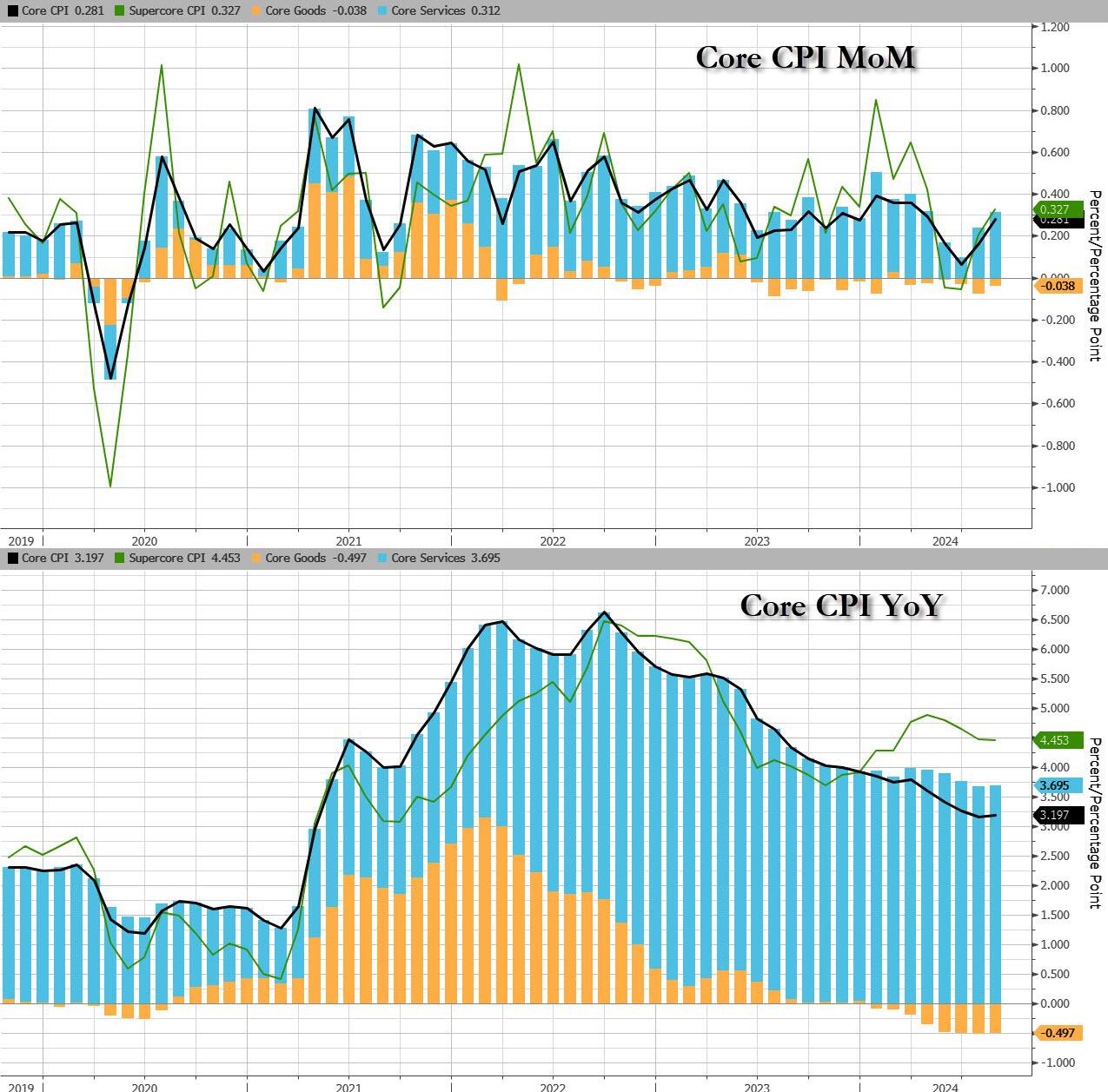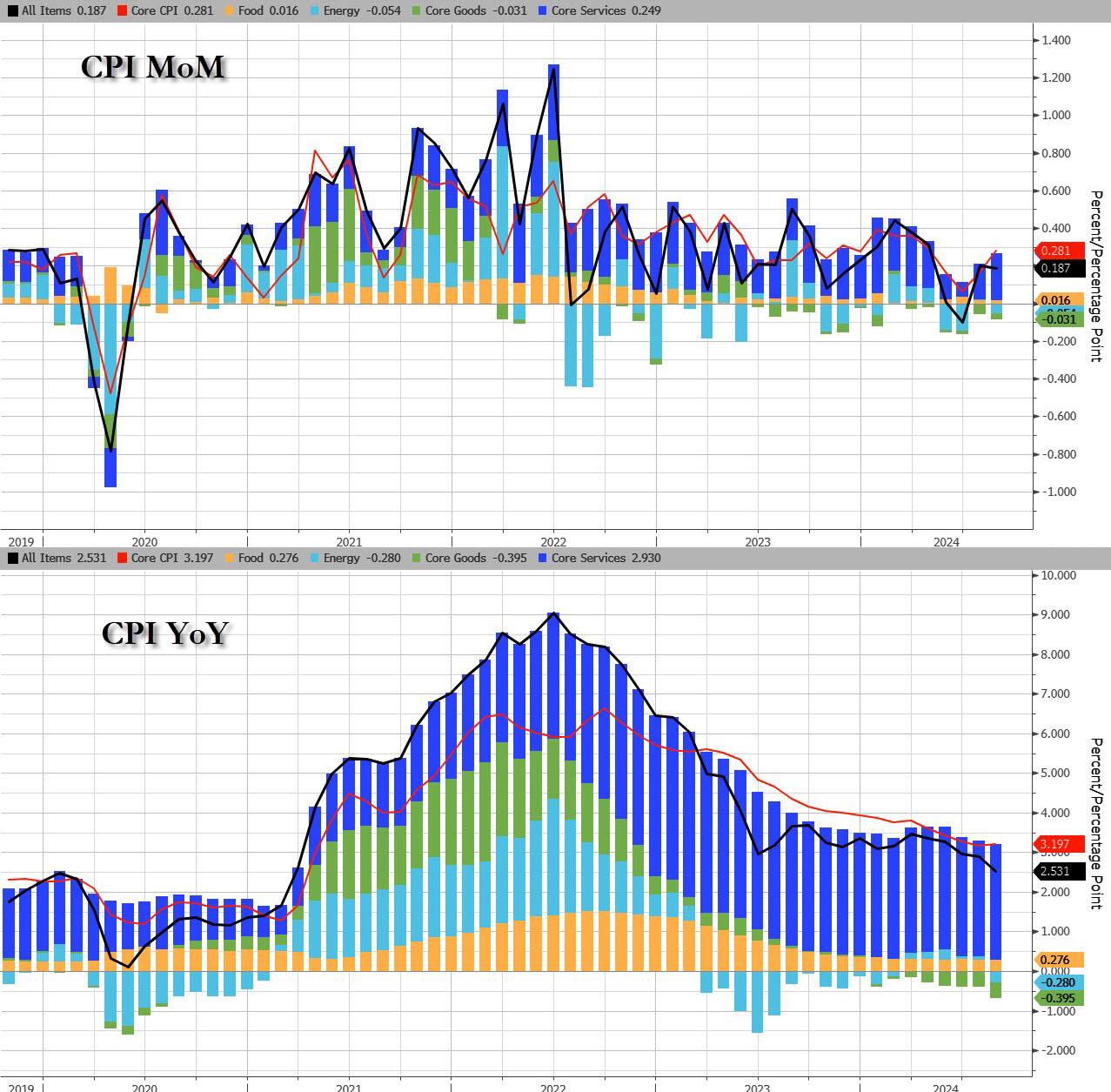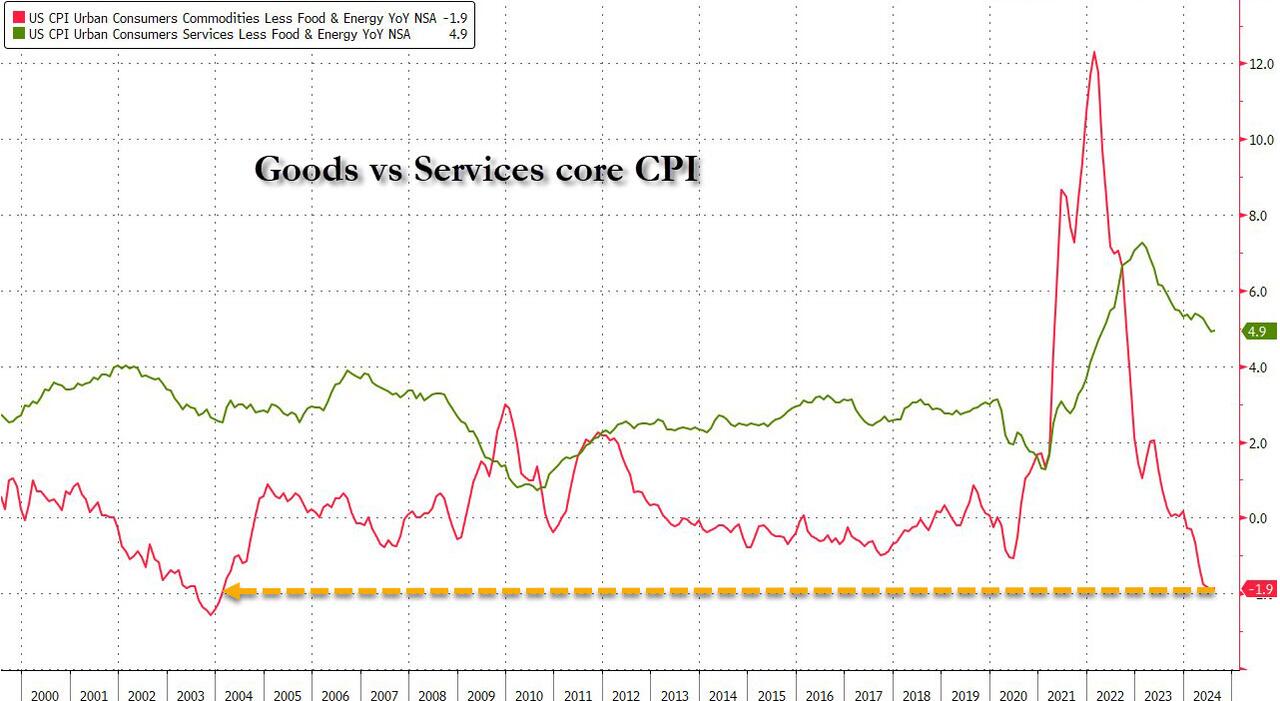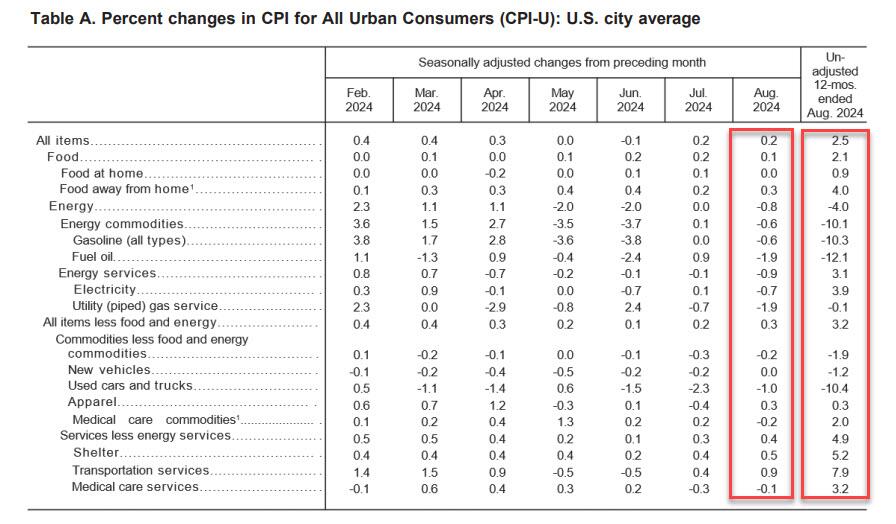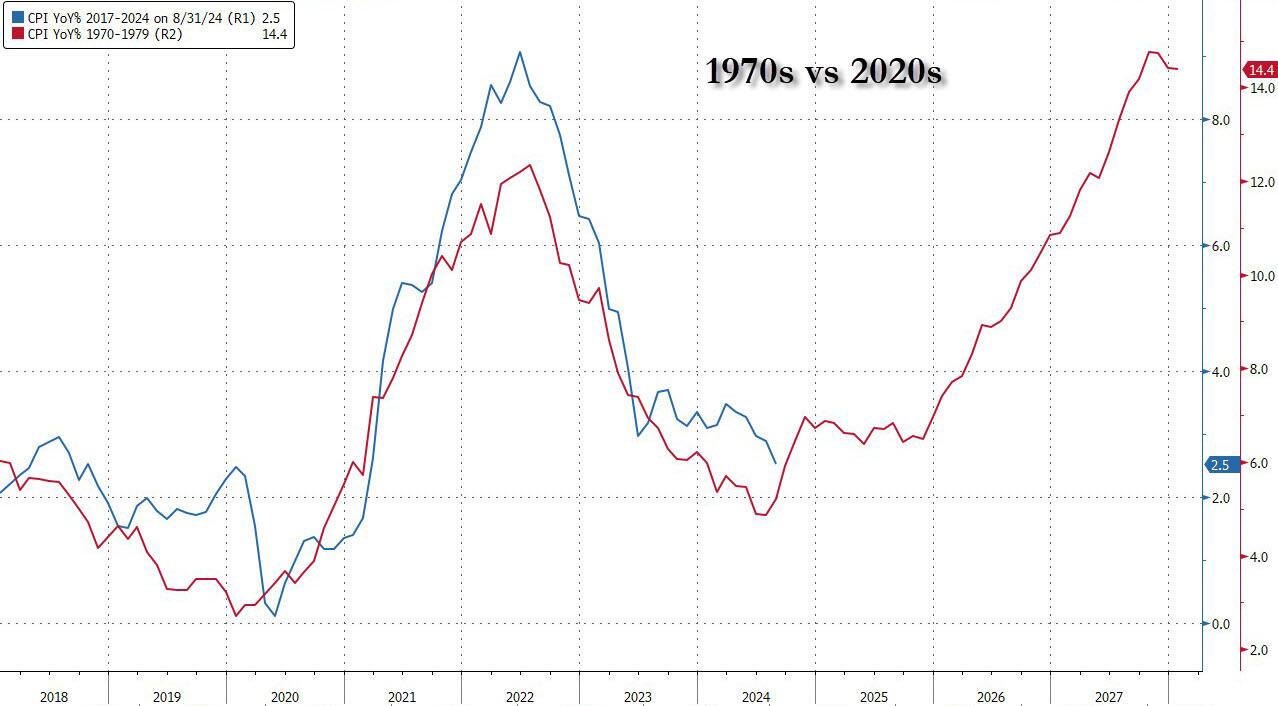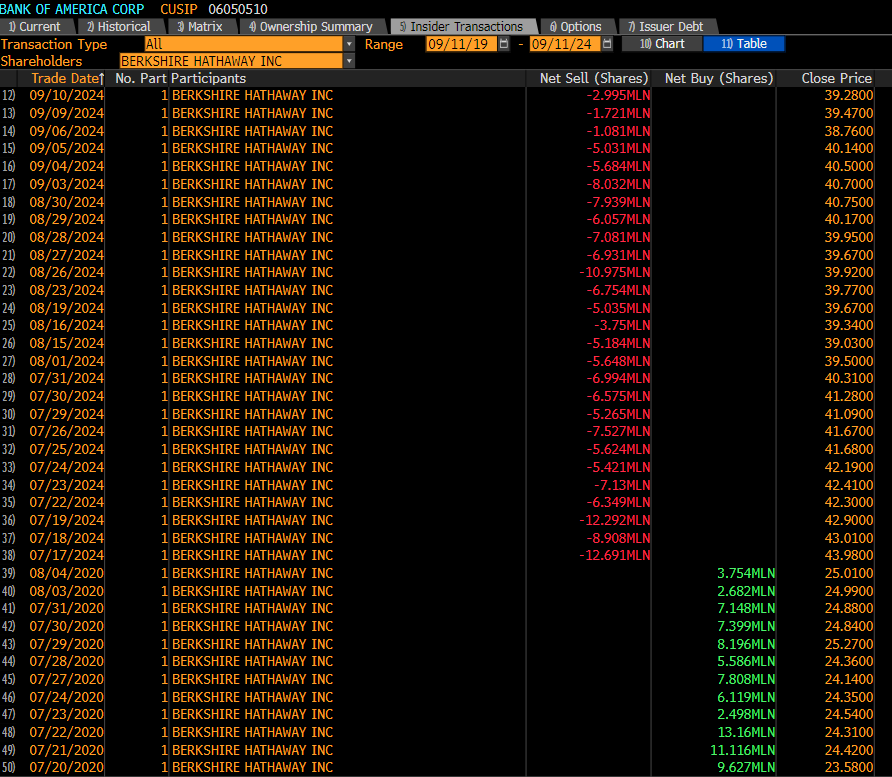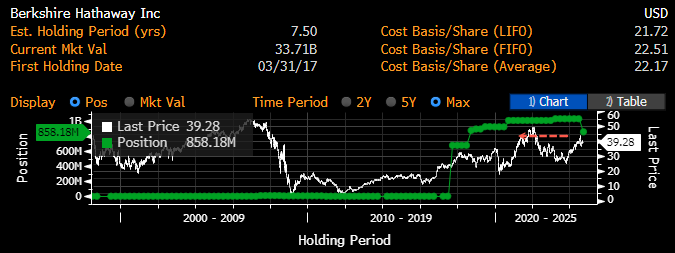Eleven months after sustaining a rejection from the FDA for Dupixent to treat chronic spontaneous urticaria (CSU), Sanofi and Regeneron have presented data from a phase 3 trial that could help push the megablockbuster across the finish line in the indication.
The LIBERTY-CUPID C study met its primary and secondary endpoints in testing patients with Dupixent who were already receiving background antihistamine therapy. It is the third phase 3 trial for Dupixent in CSU, a severe inflammatory condition that causes hives and deep swelling on or under the skin.
In the trial of 151 children and adults, those who took Dupixent plus standard-of-care (SOC) antihistamines experienced an average 8.6-point reduction in itch severity (on a scale of 21) compared to a 6.1-point reduction for patients who received SOC plus placebo.
The Dupixent group also experienced a 15.9-point reduction in itch and hive severity (on a 42-point scale) versus an 11.2-point reduction for the control group.
The measurements were taken after 24 weeks on therapy.
Additionally, 30% of Dupixent-treated patients reported a complete response compared to 18% of those on placebo.
“The positive pivotal data from this study reinforce the potential of Dupixent to offer a new treatment option for the many people suffering from chronic spontaneous urticaria who do not respond to standard-of-care antihistamines,” Sanofi’s chief medical officer Dietmar Berger, M.D., Ph.D., said in a release.
The companies will share the data with the FDA in the hopes of bringing Dupixent to CSU patients “as soon as possible," Berger added. The partners plan to file their regulatory resubmission before the end of the year. Earlier this year, Dupixent was approved for CSU in Japan.
The trial confirms results from the successful LIBERTY-CUPID A study, which tested Dupixent plus SOC antihistamines against antihistamines alone in patients with moderate-to-severe CSU.
In the LIBERTY-CUPID B trial, however, Dupixent came up short, failing to significantly reduce symptoms of people who did not have success with the lone treatment approved in for CSU—Novartis and Roche’s Xolair. While the trial was stopped for futility, the companies noted that Dupixent provided numerical improvements in the each of the main evaluation criteria, including itching.
The result helped convince the FDA to reject Sanofi and Regeneron’s application for approval and ask the companies in a complete response letter for more efficacy data.
More than 300,000 people in the U.S. suffer from CSU that is inadequately controlled by antihistamines, the companies said.
Dupixent has been on the market for seven years and has been approved in atopic dermatitis, asthma, rhinosinusitis, eosinophilic esophagitis and prurigo nodularis. Another indication may soon be coming as the FDA is reviewing Dupixent as a treatment for chronic obstructive pulmonary disease.
If approved in CSU, Dupixent would become the first new treatment in the indication in more than a decade, according to Sanofi and Regeneron.
In 2023, Dupixent’s sales increased by 33% to $11.6 billion. More than 1 million patients have been treated with the monoclonal antibody, the companies said.
Xolair, which was approved for CSU in 2014 and covers most of the same indications as Dupixent, generated sales of $4 billion last year.
With Xolair soon to face biosimilar competition, Novartis is working to bring a new CSU treatment to the market as it recently presented data from two successful phase 3 trials for oral BTK inhibitor remibrutinib. The company expects to submit for approval of remibrutinib next year.


